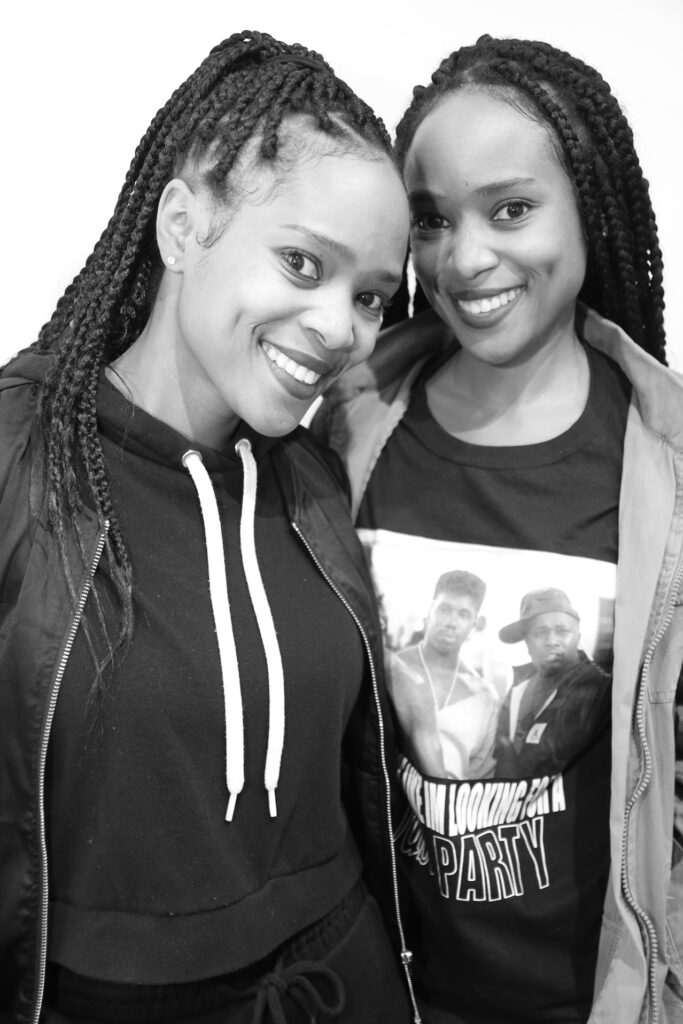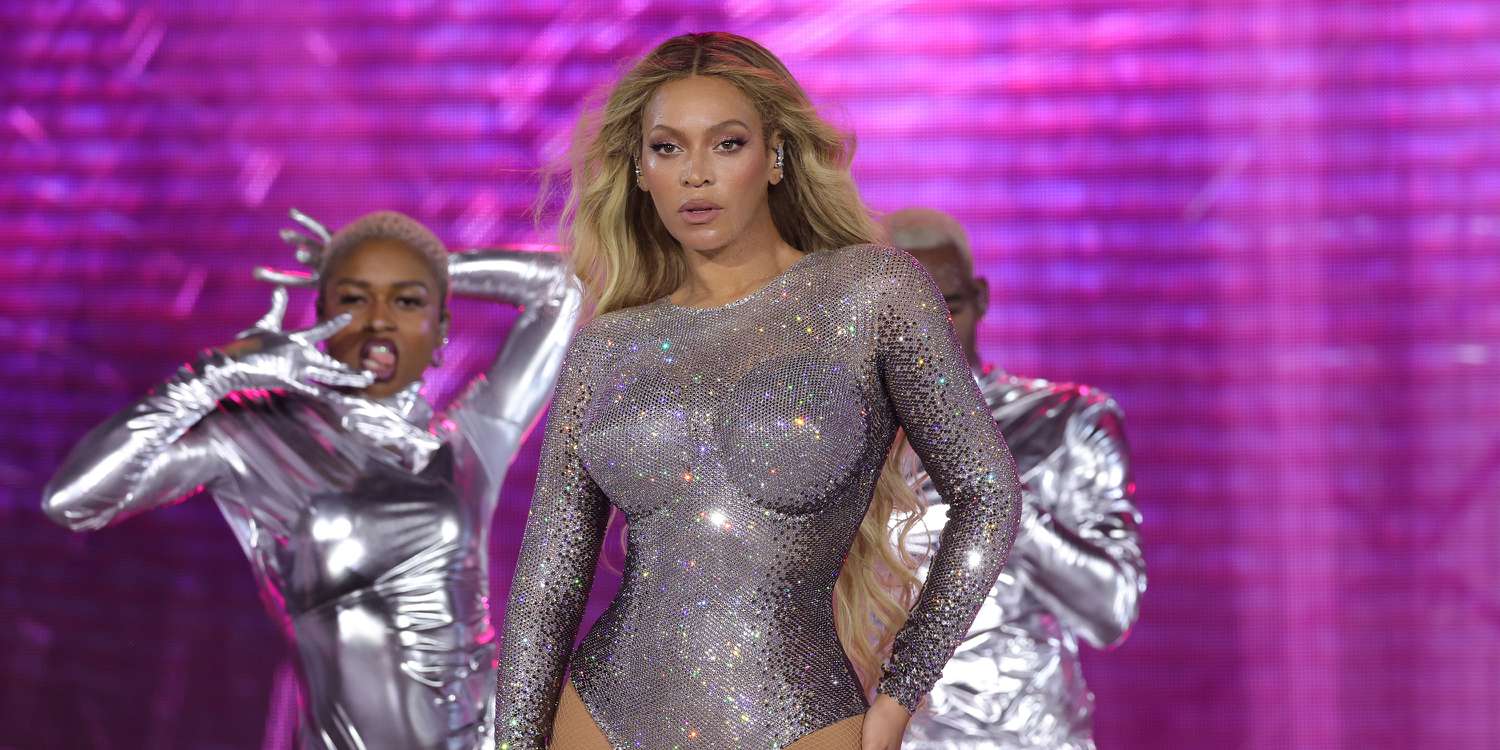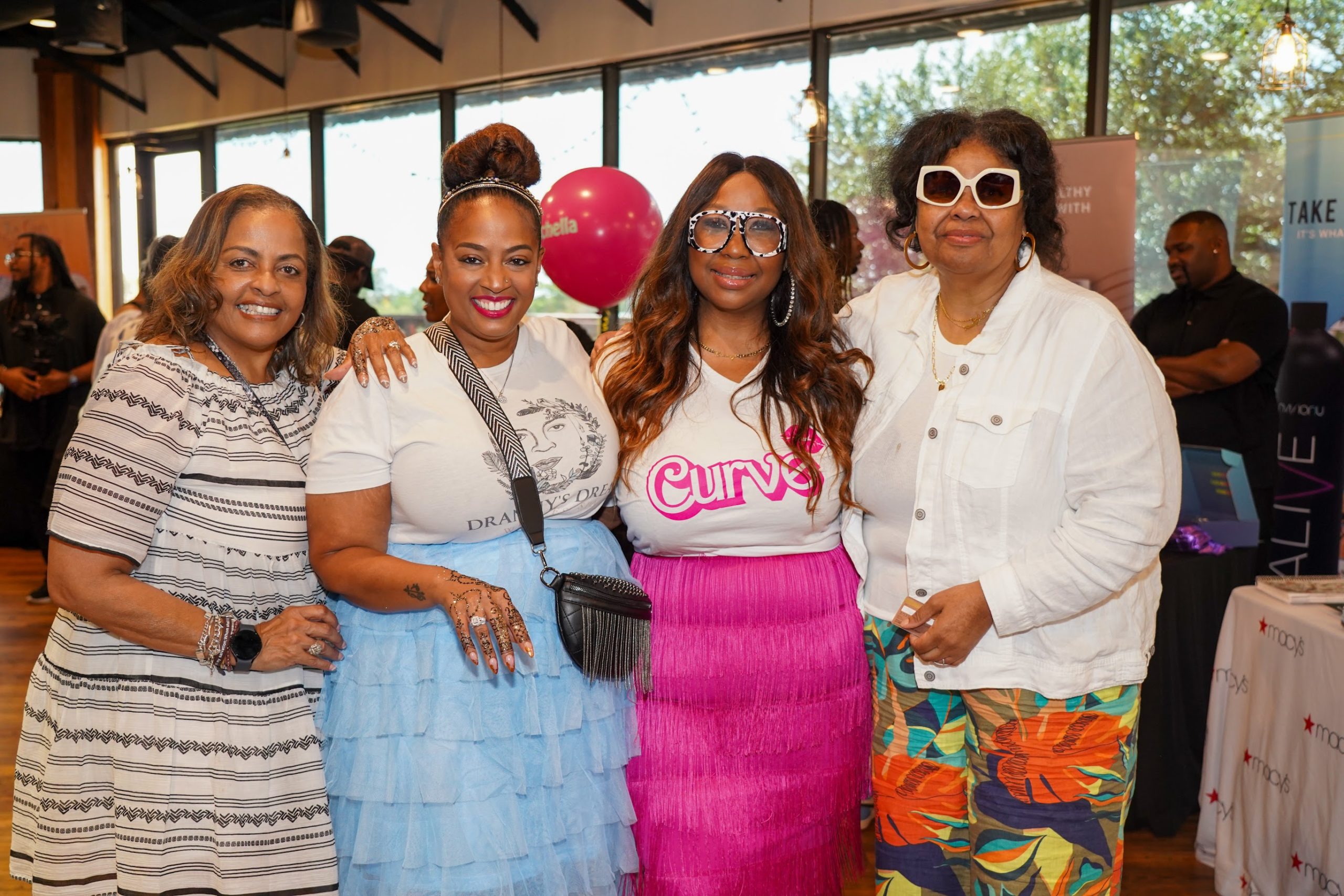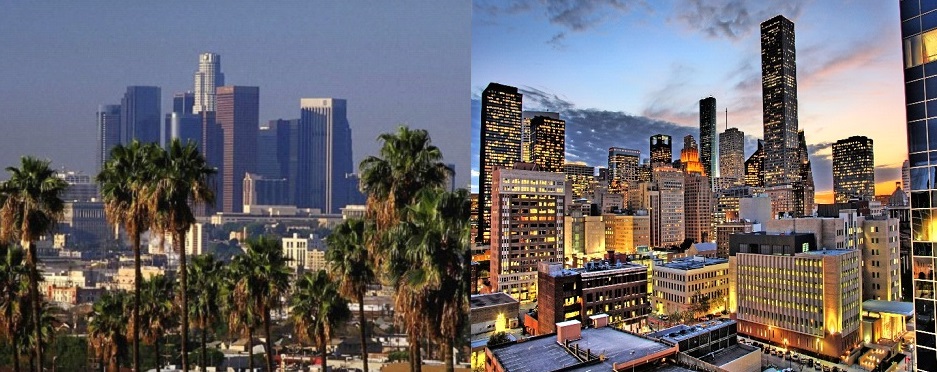Black hairstyles have long been a powerful form of self-expression, cultural heritage, and artistic innovation. From intricate braids to afros, cornrows to locs, these hairstyles have not only shaped the aesthetics of the Black community but have also become a symbol of resilience, identity, and pride. Let’s explore the rich history, significance, and evolving trends of black hairstyles, highlighting their impact on fashion, culture, and individuality.
Black hairstyles have deep roots that trace back to the African continent, where hairstyles were used to convey social status, tribe affiliation, and even spiritual beliefs. During the era of slavery, Black people were forced to adapt their hairstyles to conform to European standards, which often involved straightening their hair or wearing wigs. However, as the Civil Rights Movement gained momentum, Black individuals began embracing their natural textures, leading to a resurgence of traditional African-inspired hairstyles.

In recent decades, there has been a powerful movement to embrace and celebrate natural hair within the Black community. I’m happy to say I’m a part of that community. I have been natural for 9 years. This shift has brought forth a renewed appreciation for afros, curls, and coils, challenging societal norms and promoting self-acceptance. Natural hair has become a symbol of empowerment, encouraging individuals to embrace their unique beauty and reject Eurocentric beauty standards that have historically marginalized Black features.
Braids have been an integral part of Black culture for centuries, with countless variations showcasing intricate patterns and designs. Cornrows, box braids, Senegalese twists, and goddess braids are just a few examples of the diverse range of braided hairstyles that have gained popularity. Beyond their aesthetic appeal, braids also provide protective benefits, allowing for low maintenance and promoting hair growth.
Locs, or dreadlocks, hold deep cultural and spiritual significance for many Black individuals. They represent a connection to African heritage, symbolize personal growth and spirituality, and serve as a form of resistance against societal norms. Locs can be styled in numerous ways, ranging from free-form and organic to more structured and elaborate, offering a versatile expression of individuality.

Black hairstyles have transcended beyond personal grooming and have become a medium of artistic expression. From avant-garde creations seen on fashion runways to intricate designs sported by celebrities, black hairstyles push boundaries and challenge conventional notions of beauty. Social media platforms have played a vital role in celebrating these styles, allowing for widespread inspiration, sharing of techniques, and fostering a sense of community.
Black hairstyles have made a significant impact on pop culture and fashion. From iconic looks sported by musicians like Diana Ross, Jimi Hendrix, and Beyoncé to trends set by influential figures like Rihanna and Zendaya, black hairstyles have influenced mainstream fashion and beauty industries. However, it is important to acknowledge that the appropriation of black hairstyles without proper recognition and understanding of their cultural significance remains a contentious issue.
Black hairstyles are a testament to the creativity, resilience, and diversity of the Black community. They represent a powerful vehicle for self-expression, cultural preservation, and celebration of identity. By embracing and appreciating the beauty of black hairstyles, we can promote inclusivity, challenge beauty standards, and create a more equitable and accepting society for all.








